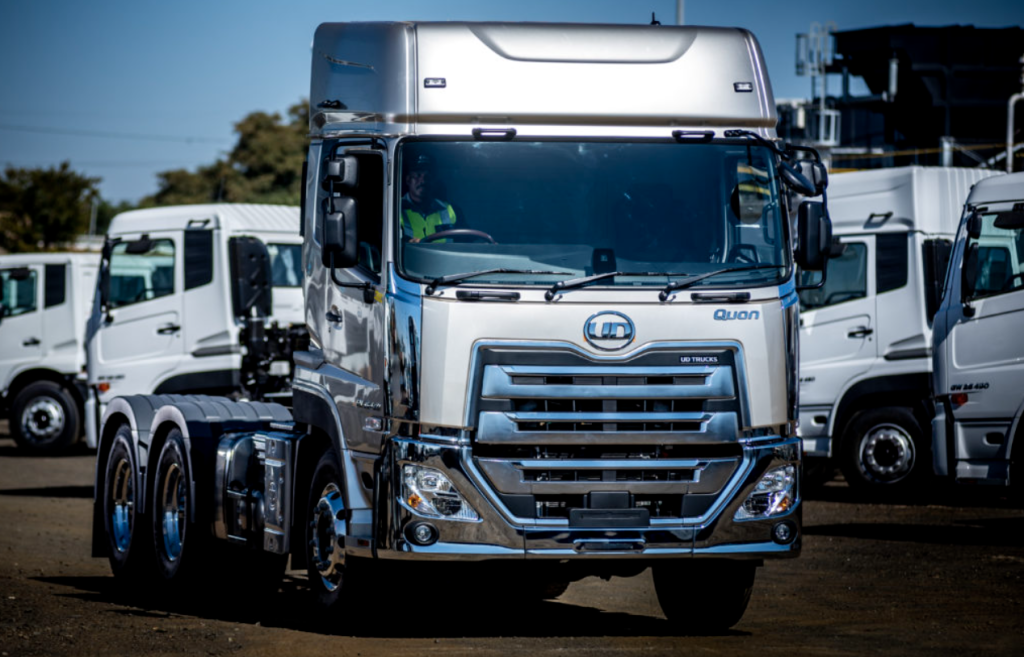
Ethiopia is accelerating its shift toward cleaner transport by expanding its ban on internal combustion engines (ICE) vehicle imports to include gasoline and diesel trucks. Announced on Thursday last week, this move builds on the country’s earlier restriction on private ICE vehicles introduced in January 2024, indicating a clear commitment to cutting fossil fuel dependence and decarbonizing its transport sector.
The ban fits within Ethiopia’s Climate-Resilient Green Economy (CRGE) strategy, which targets carbon-neutral growth by 2030. By reducing ICE imports, the government also aims to ease the strain on its balance of payments, which faces an annual $7 billion burden from fuel costs.
Electric Mobility Gains Momentum
The shift toward electric mobility is already taking shape. Government data show roughly 100,000 electric vehicles (EVs) are on Ethiopian roads, with plans to grow that number to 440,000 by 2030. Drivers have reported fuel savings of nearly 50%, while commercial operators can expect lower maintenance and operational costs as heavy-duty EVs gradually replace diesel trucks.
Ethiopia’s abundant hydropower resources are a major advantage in this transition. Over 90% of the country’s electricity comes from hydropower, anchored by the Grand Ethiopian Renaissance Dam (GERD) on the Blue Nile. The dam provides reliable, low-cost electricity, supporting the expanding EV fleet and reducing reliance on imported fuels.
Cleaner Public Transport Initiatives
The government is also pursuing cleaner alternatives for public transport. A new liquefied natural gas (LNG) plant, with an initial annual capacity of 111 million liters and plans to expand to 1.33 billion liters, will help convert 2,000 buses to natural gas. This initiative is expected to significantly cut emissions from public transport and freight operations.
However, challenges remain. Addis Ababa currently has only about 100 public EV charging stations far short of the estimated 2,300 needed for widespread adoption. Authorities plan to double this number soon, using surplus hydropower from the GERD. The country also faces a shortage of specialized EV repair services and spare parts, especially for Chinese brands that dominate the market. Limited driving ranges, averaging around 200 kilometers, continue to restrict travel and slow adoption for some users.
A Determined Shift Toward Sustainability
Despite facing these challenges, Ethiopia’s proactive policies, strategic investments in infrastructure, and commitment to renewable energy show a clear determination to transform its transport sector. The country is setting a striking example for sustainable mobility in Africa, blending environmental responsibility with economic resilience.
Can Ethiopia Make the Leap?
While Ethiopia has established a strong foundation with renewable energy, growing EV adoption, and alternative fuel initiatives, a complete ICE ban is not yet fully feasible. The country’s aggressive policies demonstrate clear intent but scaling infrastructure and addressing logistical constraints are critical before enforcing a total transition.

